October 29, 2025
Data Shows Endangered Palau Ground Doves Swiftly Recovering After Successful Palauan Island Conservation Effort
Astounding evidence of recovery on Ulong Island in Palau after just one year!
Published on
July 28, 2017
Written by
Emily Heber
Photo credit
Emily Heber

Along the shores of New Zealand’s wetlands and mangroves the small footprints of an elusive and rare bird are an exciting find. The bird in question is a Banded Rail that lives and feeds along marsh, wetland, and estuary shorelines. Throughout New Zealand the Banded Rail is considered to be “declining,” making a sighting in the Te Atatu wetland in west Auckland for the first time exciting to say the least.
Populations of the Banded Rail began to decline in the 1930s due to the presence of invasive predators and habitat conversion. Conservation of the wetland habitat and increased protection from invasive species such as feral cats and rats are important for the recovery of the species.

Although researchers had believed the Rail lived in the Te Atatu area, a recent camera trap made the first confirmation of the bird. Senior biodiversity advisor at Auckland Council, Ben Paris commented:
They are a secretive, rather camouflaged bird, and usually don’t venture far out into the open–the best chance of seeing one is along the edge of mangroves at low tide…Their footprints are more often seen then the bird themselves.

Verifying the presence of the Banded Rail is exciting news for the Te Atatu wetland since the bird requires a diversity of food they are considered an important indicator of ecosystem health. The Te Atatu Peninsula is also known as a valuable wildlife corridor that is vital to the health of ecosystems across Auckland. Paris explained:
Making sure this banded rail habitat is healthy, safe and connected is essential to help these birds move freely across the Auckland region.
Conservationists are encouraging pet owners to keep cats indoors to prevent predation on the Banded Rail. Protecting the species from invasive predators and preserving their wetland habitats are crucial steps toward expanding their currently declining population.
Featured Photo: Banded Rail. Credit: cuatrok77
Source: Stuff.co
Check out other journal entries we think you might be interested in.

October 29, 2025
Astounding evidence of recovery on Ulong Island in Palau after just one year!
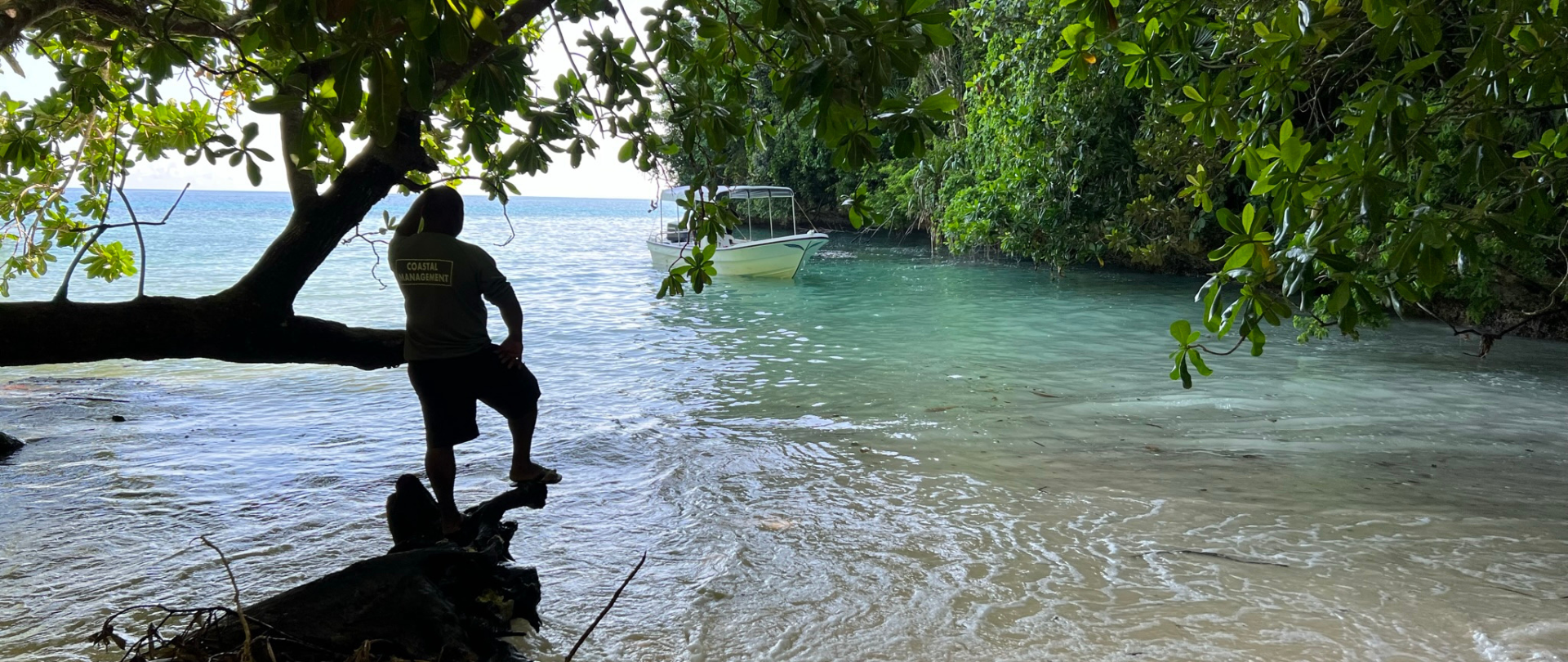
May 19, 2025
Read our position paper on The 3rd United Nations Ocean Conference (UNOC 3) to see why we're attending and what we aim to accomplish!
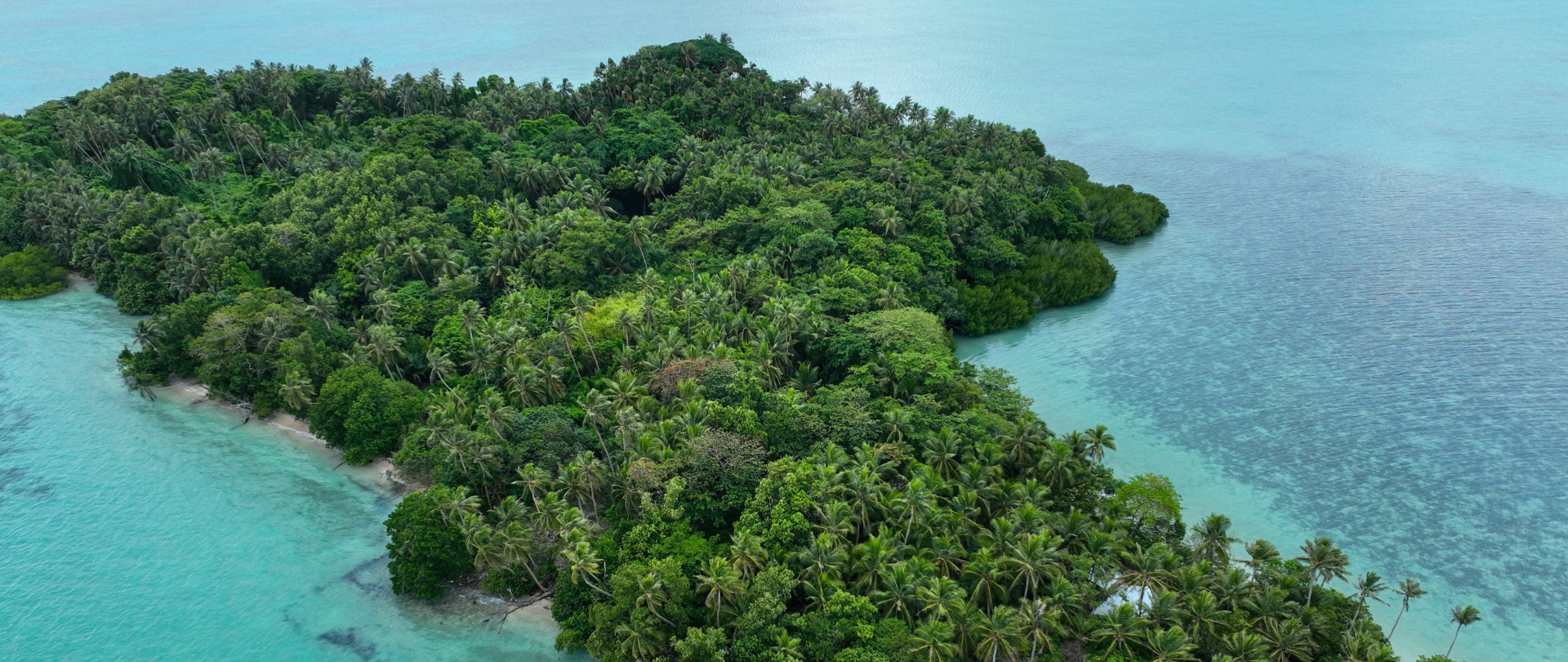
December 4, 2024
Ann Singeo, founder of our partner organization the Ebiil Society, shares her vision for a thriving Palau and a flourishing world of indigenous science!
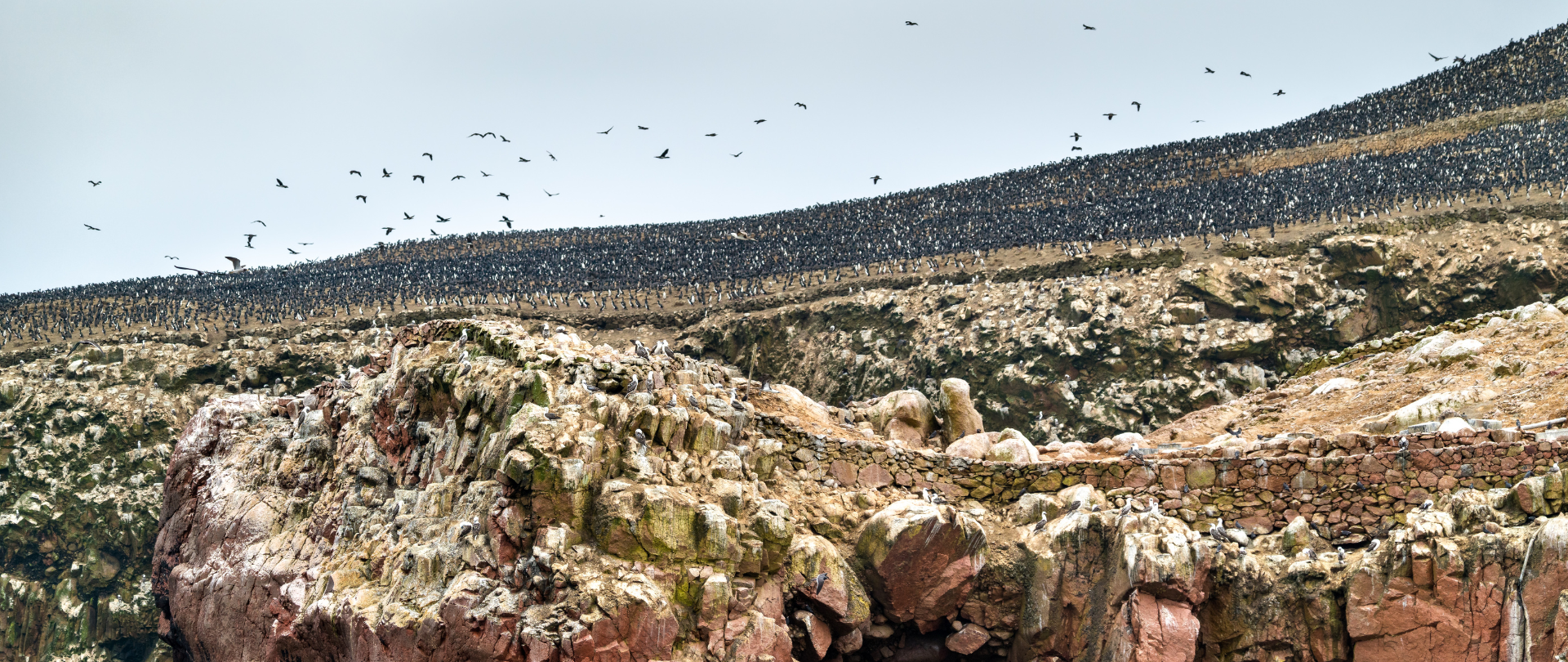
November 22, 2024
This historic agreement aims to protect the marine and coastal areas of the Southeast Pacific.
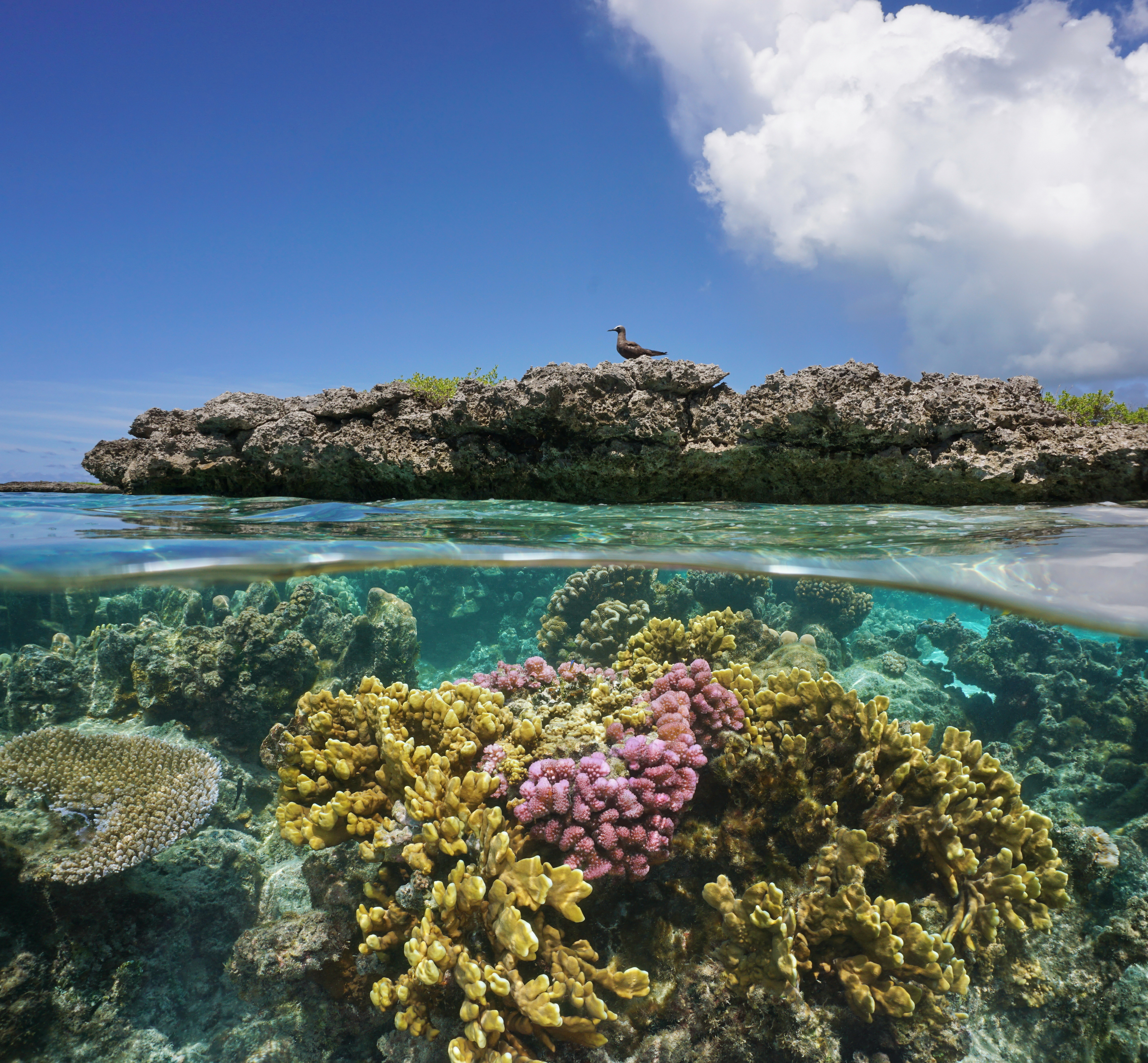
November 18, 2024
Our projects to restore key islets in Nukufetau Atoll forecast climate resilience and community benefits in Tuvalu!
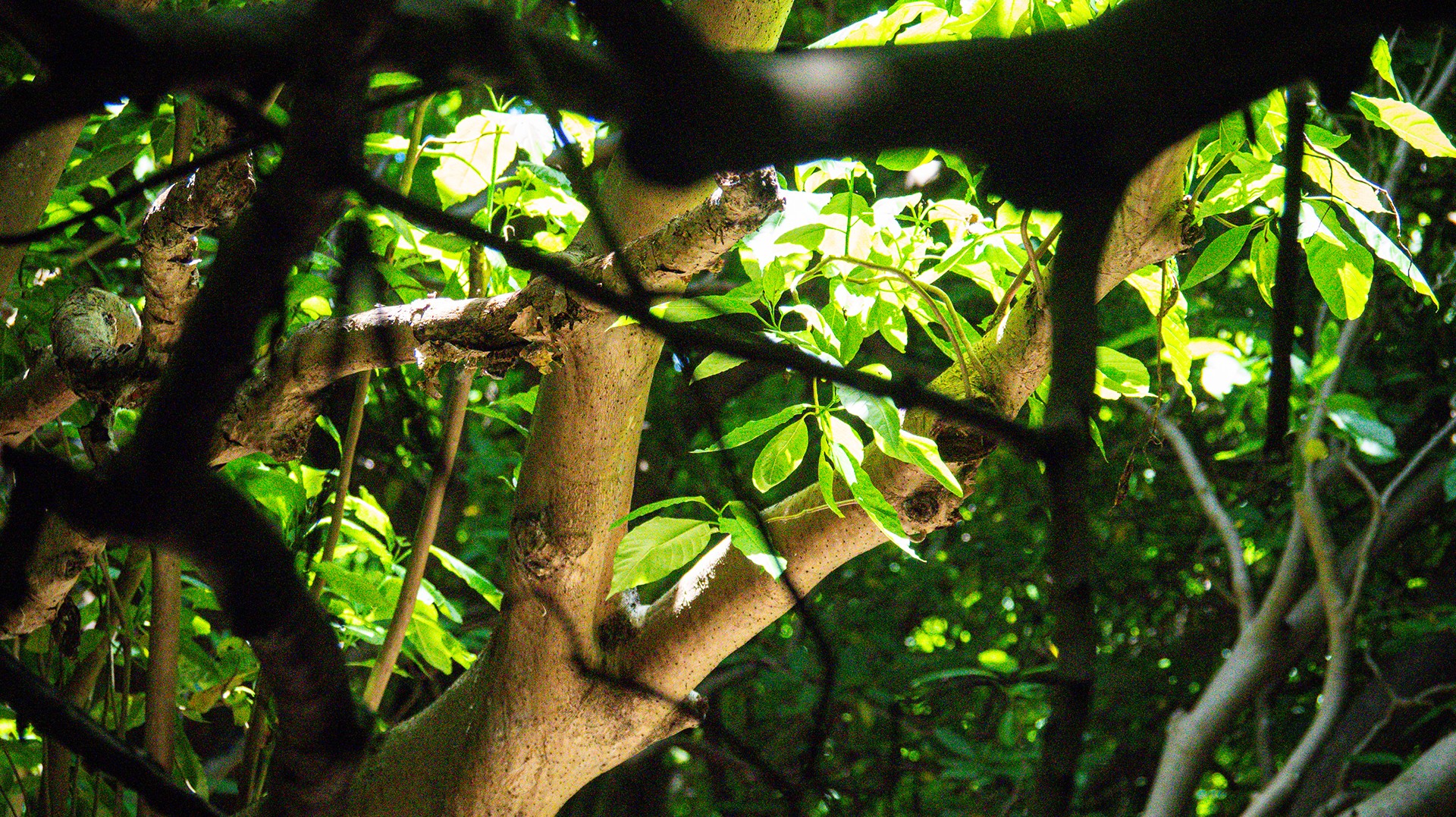
October 3, 2024
Island Conservation and partners have published a new paper quantifying ecosystem resilience on restored islands!
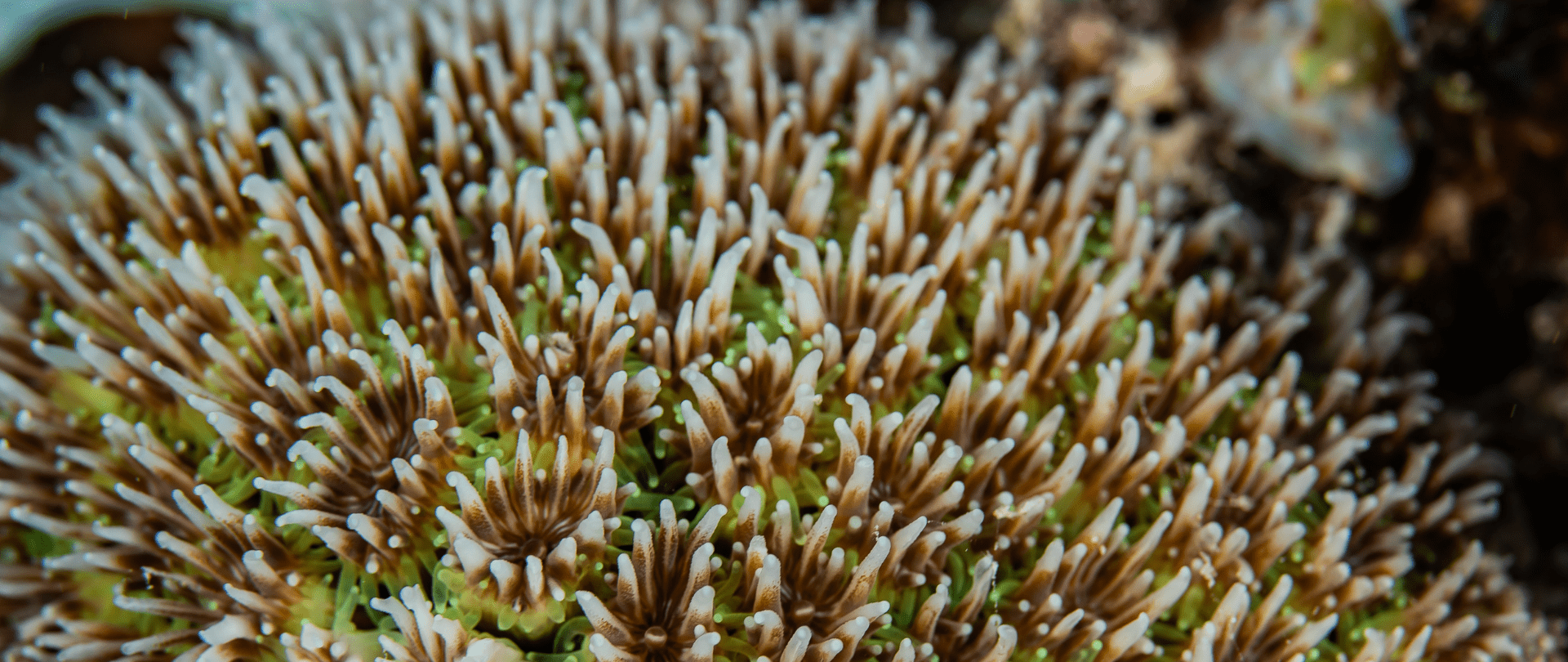
September 10, 2024
Climate Week NYC: what is it and why is it important? Read on to find out why Island Conservation is attending this amazing event!
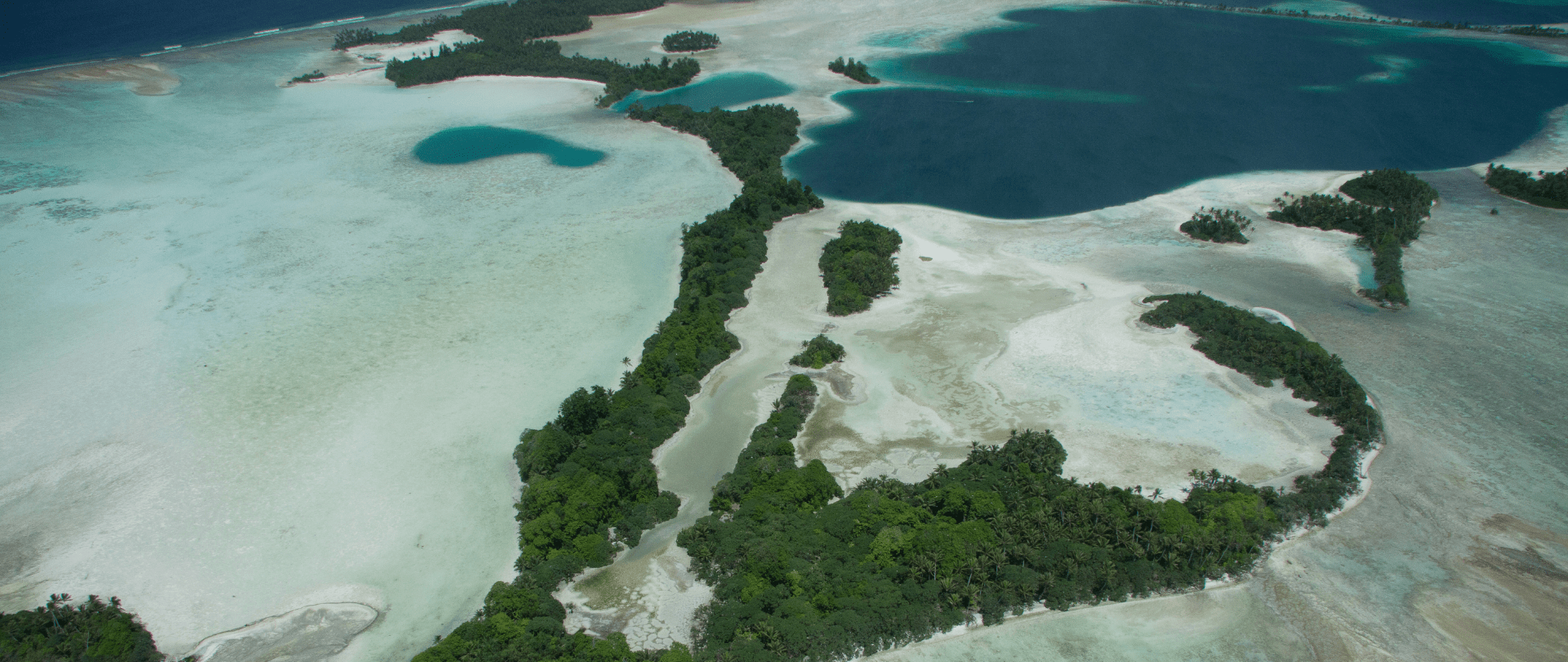
September 5, 2024
With sea levels on the rise, how are the coastlines of islands transforming? Read on to find out how dynamic islands really are!

December 14, 2023
Join us in celebrating the most amazing sights from around the world by checking out these fantastic conservation photos!
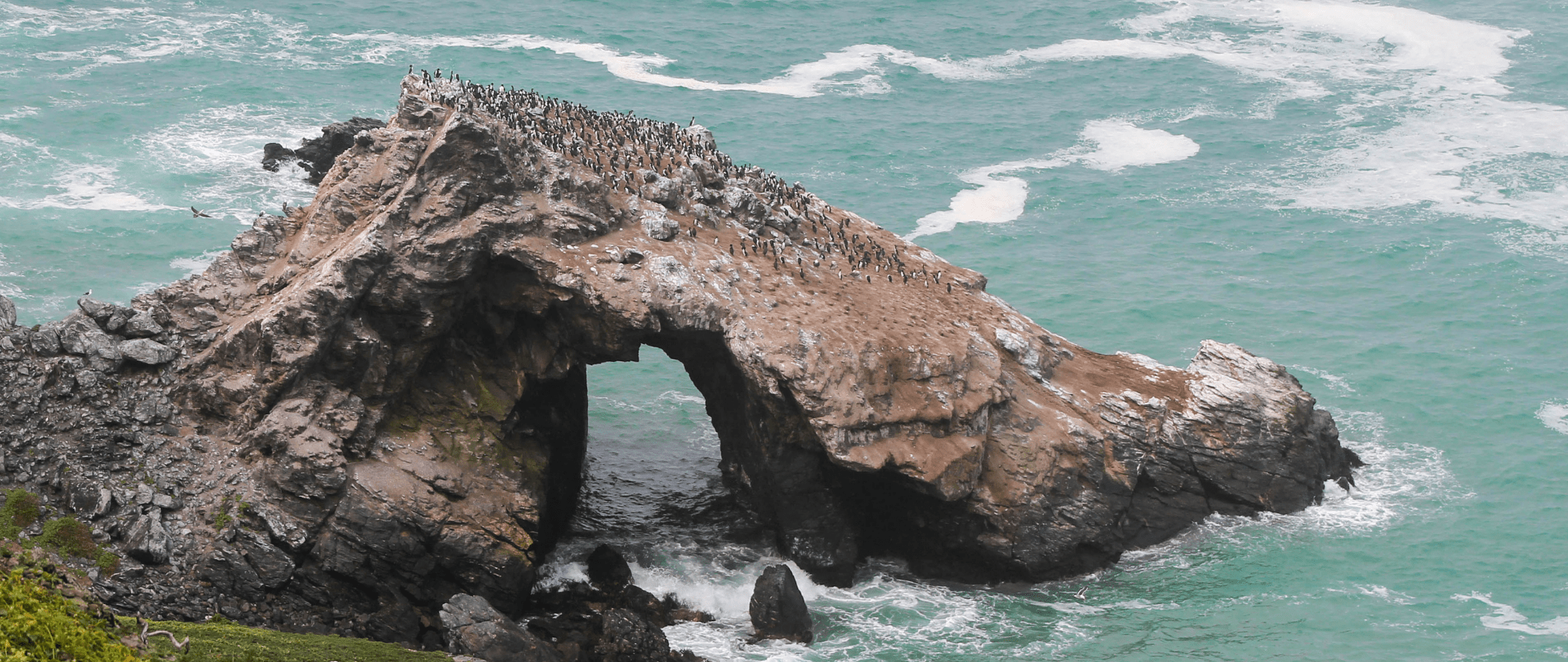
November 28, 2023
Rare will support the effort to restore island-ocean ecosystems by engaging the Coastal 500 network of local leaders in safeguarding biodiversity (Arlington, VA, USA) Today, international conservation organization Rare announced it has joined the Island-Ocean Connection Challenge (IOCC), a global effort to…